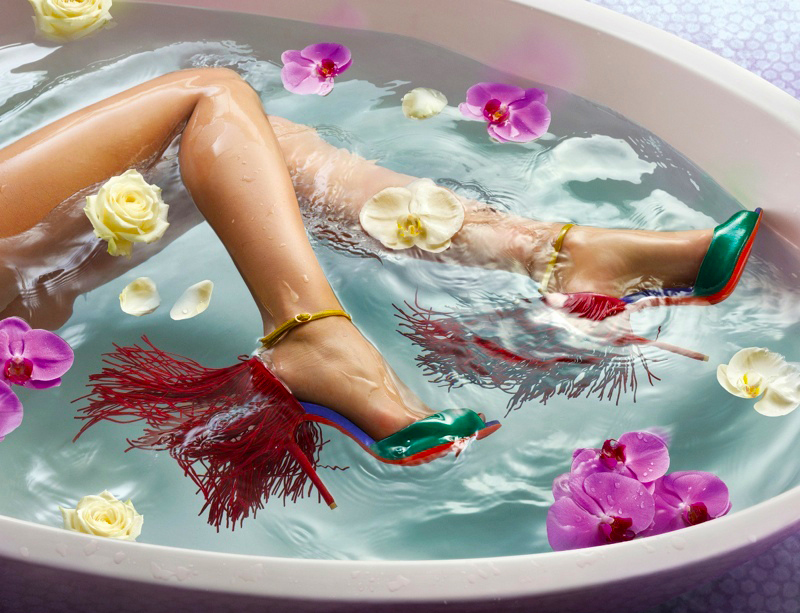Over the past 10 years, Christian Louboutin has not only sold a whole lot of sky-high, red-soled shoes, it has introduced a line of inclusivity-centric “nude” shoes (which includes more skin tone shades than ever before), expanded into nail polish and fragrances, and teased a limited run of baby footwear. All the while, the famed footwear brand – which first set up shop in France in the early 1990’s – has been fighting to register its red sole in China, a move that would enable it to claim trademark rights in the sole, and thus, prevent others from selling shoes with a similar sole.
In furtherance of its quest to gain trademark rights (and registrations) in its famous red shoe sole across the globe, including in the U.S. (as we say play out in the Louboutin v. YSL case), Mexico, Denmark, Indonesia, Switzerland, India, and Singapore, among other countries, Christian Louboutin set its sights on China in the spring of 2010. Filing a territorial extension in connection with a UK trademark application for “the color red (Pantone No. 18.1663TP) applied to the sole of a shoe,” Louboutin sought registration with the China Trademark Office (“CTO”).
It would not be long before the CTO informed Louboutin of its unwillingness to register the mark. The CTO had determined that the trademark consisted not just of the position of a red sole on a high heel shoe, but of the design of a high heel shoe, itself, with a red sole. Such a mark, the CTO held, “lacks distinctiveness,” meaning that it does not, on its own, serve to identify the Louboutin brand to consumers. As such, the mark was not eligible for registration.
Following unsuccessful appeals before China’s Trademark Review and Adjudication Board (“TRAB”), and the Beijing Intellectual Property Court, both of which found that Louboutin’s “3-D trademark” that covers a “high-heeled shoe with the sole colored in red” was ineligible for registration as a trademark, Louboutin took its case to the Beijing High Court.
Unlike the lower court and trademark bodies, the Beijing High Court found that the trademark at issue here is not a 3-D mark that includes the design of a shoe. The determined in December that the trademark is, instead, a single color and its placement on the bottom of a shoe, not the shoe as a whole.
According to the court, this specific arrangement “is not excluded by the law from being registered as a trademark,” as long as the consuming public has come to associate the red shoe sole with a single source, something that Louboutin can establish by showing that it has been using the mark on goods in China for a while, that it has advertised its mark there, and consumers have, in fact, come to associated the red sole with a single source, i.e., Louboutin’s brand (which can be established by way of consumer surveys).
The matter has been sent back to the TRAB, which will be tasked with determining whether the mark – a red sole positioned on the bottom of a shoe – is distinctive, and local trademark lawyers suspect that it will. “Christian Louboutin may reasonably expect that the TRAB will recognize the distinctive character of the red sole,” according to Paul Ranjard and Jiang Nan of Chinese firm Wanhuida Peksung IP Group.
Regardless of the TRAB’s decision, though, the case has proven noteworthy, as the Beijing High Court’s “more liberal approach to interpret Art. 8 of the Trademark Law” – which states that “any sign, capable of distinguishing the goods or services of … organization from those of another, including words, devices, letters, numerals, 3-D signs, combination of colors, sounds, etc., as well as the combination of the above elements, shall be eligible for application for registration as a trademark” – is “already a breakthrough,” says Steve Zhao and Pei Lyu of the Beijing-based AnJie Law Firm.
The court’s decision “also opens a door for business owners to pursue trademark registration protection of non-traditional trademarks with sufficient distinctiveness.”











